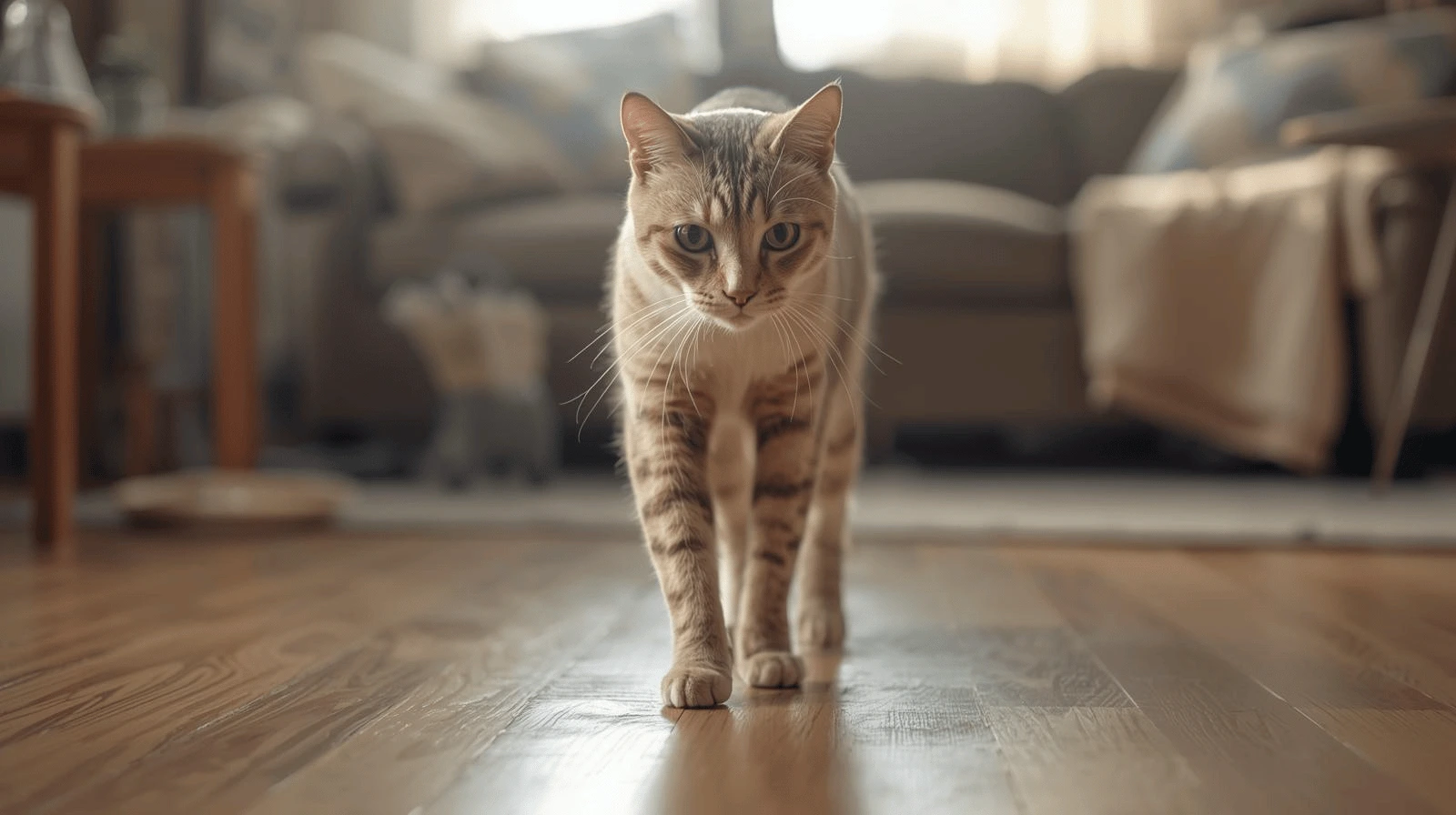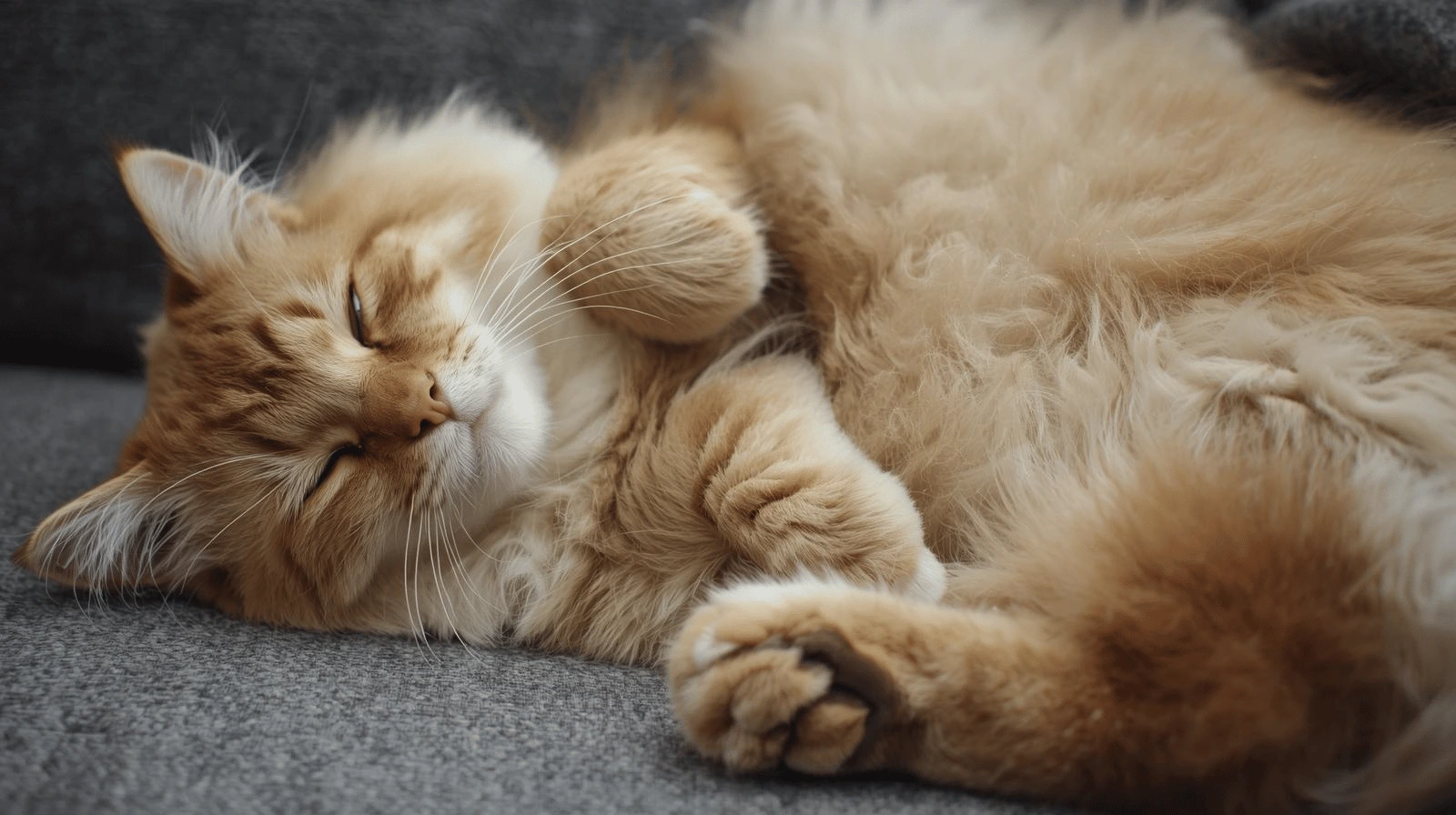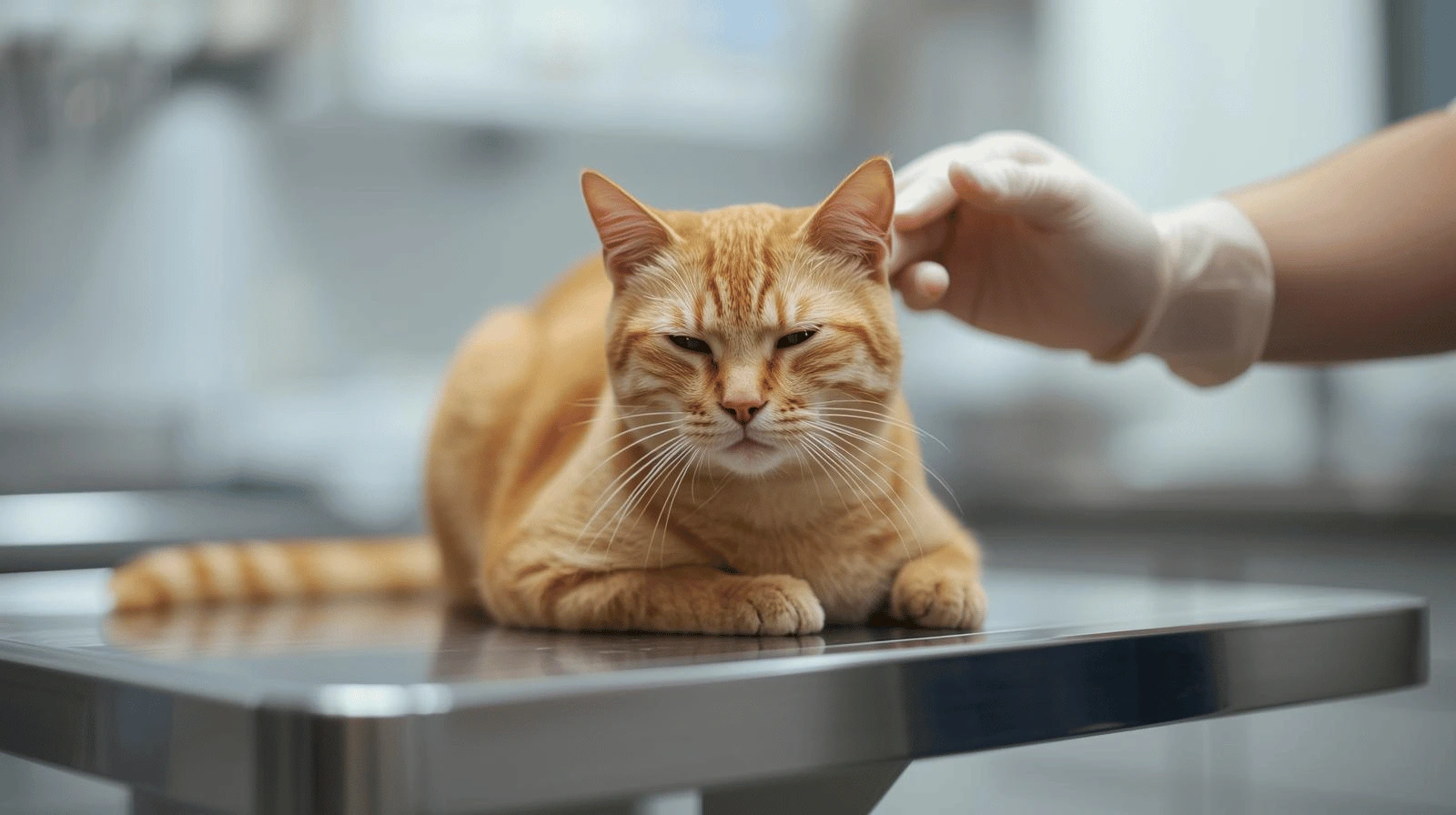It can be worrying to see your cat limp, even if they seem fine otherwise. Cats are usually graceful movers, so when they start favouring a leg, it signals something is wrong.
Sometimes the cause is minor. A cat limping but still jumping and running may have only a slight sprain. Other times, limping means something serious, like a fracture or infection.
Since cats often hide pain, it’s important to understand what different kinds of limping mean and when to take action.
Common Reasons Cats Limp
Cats can limp for many reasons, ranging from paw injuries to deeper health issues. Identifying the cause helps you decide the next steps.
Injuries and Trauma
Falls and accidents are common culprits. If your cat fell and is limping, a sprain or fracture may be the issue. Outdoor cats that fight with other animals often return with bite wounds or scratches that make them limp.
If your cat hurt his leg and is limping, swelling or reluctance to move is a strong sign they need a vet check.

Paw Problems
Sometimes the problem lies right under their paws. Cats may step on glass, sharp stones, or even get thorns stuck in their pads.
A cat is limping and paw is swollen often has an abscess or infection. If your cat has cut his paw and is limping, check carefully for bleeding or foreign objects.
Joint and Muscle Issues
Not all limps are caused by accidents. Older cats can limp due to arthritis or hip dysplasia, while younger ones may strain muscles after vigorous play.
A cat limping front leg might have a pulled muscle, while a cat limping back leg could point to hip or knee problems.
Sudden vs. Gradual Limping
A cat limping suddenly often has an acute injury, like a thorn in the paw. Gradual limping usually hints at chronic conditions.
If your cat is limping but acting normal, keep monitoring. Cats are very good at masking discomfort.
When Limping Seems Minor
Not every limp requires panic. Some are short-term and improve with rest.
Limping but Still Active
If your cat is limping but still jumping and running, it may just be a mild sprain. Rest and limited movement often help these minor issues heal quickly.
Limping Without Crying or Distress
Owners often ask: “Why is my cat limping but not crying?” Cats rarely vocalize pain, even when it’s there. A cat limping but not in pain visibly may still have discomfort you can’t hear.
When Limping Is Serious 🚨

Some signs mean you shouldn’t wait. Severe limps can indicate deeper health problems.
Red Flags That Require Attention
Look for these warning signs:
- Swelling or bleeding in the leg or paw
- A cat limping and crying loudly
- A cat limping and not eating or seeming very tired
- A cat’s tail is limp, which may signal nerve damage
- Limping lasting longer than 24 hours
A cat’s leg swollen and limping may mean fracture or infection. A cat that got in a fight and is limping could have a hidden abscess.
Emergency Situations
If your cat is limp but breathing, treat it as an emergency. This can follow falls or severe trauma.
A cat limping with a twisted or bent-looking leg likely has a fracture and should see a vet right away.
Specific Causes of Limping by Leg
Identifying which leg is affected can provide clues.
Limping in the Front Leg
A cat limping front paw might have a cut or a splinter. Injuries higher up, like in the shoulder, can also cause front leg limping. Cats that land awkwardly are especially prone to this.
Limping in the Back Leg
A cat limping hind leg may suffer from joint issues such as patellar luxation or hip arthritis. Falls often cause more damage to the hind legs than the front.
Limping After Accidents or Fights
Limping often follows a clear event.
Limping After a Fall
If your cat fell and is now limping, don’t assume they’re fine. Even if they land on their feet, they can sprain or break bones. Watch for swelling, limping, or hiding.
Limping After a Fight
A cat hurt his paw and is limping after a fight may have puncture wounds. These can become abscesses if untreated, leading to swelling and fever.
Related Posts
- 6 Reasons Why Your Cat Sneezes All the Time
- Why Your Cat Follows You Everywhere: 7 Reasons Explained
- Why Do Cats Cry Like Babies at Night? 6 Surprising Reasons
- What Is Catnip? History, Science, and Why Cats Love It
What to Do if Your Cat Is Limping
If your cat is limping, stay calm and check carefully.
At-Home First Steps
- Inspect the paw for injuries.
- Keep your cat indoors for rest.
- Offer soft bedding for comfort.
- Limit jumping and climbing.
- Observe them for 12–24 hours.
When to Visit the Vet
Call your vet if:
- The limp lasts longer than a day.
- You see swelling or bleeding.
- Your cat avoids putting weight on the leg.
- Your cat is hiding, not eating, or seems weak.
As VCA Animal Hospitals explains, early treatment helps prevent long-term damage.
Supporting Your Cat’s Recovery at Home
If your cat is recovering from a limp, a safe environment helps them heal.
Restricting Activity
Keep them in a smaller space where climbing and jumping are limited. Too much movement can slow recovery.
Comfort and Care
Provide a soft resting area, easy access to food and water, and help with the litter box if needed. If your cat is limping a little, gentle care may be enough.
Preventing Future Limping in Cats

You can’t prevent every limp, but you can lower risks.
Create a Safe Home Environment
Ensure climbing trees are sturdy. Block unstable shelves and secure windows to reduce falls.
Maintain Regular Health Care
Vet check-ups help spot arthritis early. Keeping your cat’s weight in check also reduces strain on joints. Supplements can help senior cats stay mobile.
Frequently Asked Questions
Is a limping cat an emergency?
Not always. If your cat is playful and only limping slightly, you may monitor at home. If the limp is severe or your cat seems in pain, seek urgent care.
Why is my cat limping but not crying?
Cats don’t often vocalize pain. A cat limping but not crying may still be hurt. Silence doesn’t mean comfort.
How long should I wait before taking my cat to the vet?
You can wait up to 24 hours if the limp is mild. If it worsens or doesn’t improve, visit your vet.
Can cats fake a limp?
Rarely. Some cats may limp for attention, but most limps come from real issues. Always rule out injury first.
Is it normal for cats to limp after shots?
Yes. Some cats limp briefly from soreness at the injection site. If it continues beyond two days, check with your vet.
Take Limping Seriously, But Don’t Panic
If you’ve wondered, “Why is my cat limping?”, the answer could be as simple as a sore paw or as serious as a broken bone.
Some cats limp briefly and recover quickly. Others show signs like swelling, lethargy, or crying that need urgent attention.
By staying observant, providing comfort, and knowing when to call the vet, you’ll give your cat the best chance of healing safely. 🐾
Key Takeaways 📝
- 🐱 Limping in cats can result from paw cuts, trauma, arthritis, or falls.
- 😿 Even if your cat isn’t crying, limping often means pain.
- 🚨 Seek urgent care if limping comes with swelling, lethargy, or deformity.
- 🏠 At-home care includes rest, comfort, and monitoring.
- 🩺 Vet checkups prevent small problems from becoming serious.
